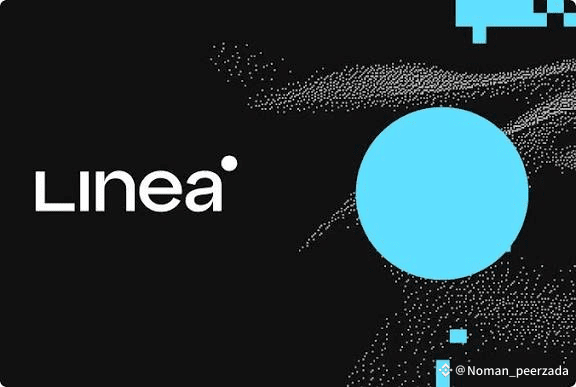The Layer-2 world of Ethereum is at a turning pointq technical skills and money planning are finally meeting up. A good example of this is Linea, which was created by ConsenSys. This isn't just another zkEVM rollup. No, it's a well-thought-out plan to increase how much Ethereum can handle without messing with its money rules or security.
Linea basically uses zero-knowledge proofs to compress transactions and check them somewhere else. After they do that, they send short, secure messages to Ethereum to finalize everything. This cuts down fees a lot while still keeping Ethereum's final say and staying decentralized. Linea has been all about being the same as EVM since it launched its mainnet in the middle of 2023, instead of being just partly compatible. This means apps made for Ethereum can move over without a lot of code changes or extra trouble.
What makes Linea stand out? It has a background with big institutions. ConsenSys, the company that made MetaMask and Infura, is behind it. So, it benefits from being closely connected to Ethereum's bigger setup. How the project is paid for and watched over is set up through the Linea Consortium. It focuses on keeping the ecosystem going for a long time instead of just chasing quick money. This shows they believe in the network lasting and being neutral, instead of just growing fast for a little while.
Linea's token system also uses the same idea of being careful and sharing fairly. The total supply is 72 billion LINEA but only about one-fifth is being used right now. The way they're giving them out focuses on the people who build things, the users and things that are good for everyone. Eighty-five percent of the tokens are for growing the ecosystem. That includes keeping some aside for ten years for development and grants. Only 15% goes to the ConsenSys treasury and it's locked up for five years. There aren't any tokens given to venture capitalists early on, which is rare these days. This makes LINEA more like a way to reward people who are helping the network and less like something to bet on.
The token also has a deflationary model, which adds another layer of money feedback. A part of the ETH fees from what people do on the network goes into buying back LINEA and burning it. This connects how much the network is used with how rare the token is. It's not a lot right now - about 15 million LINEA burned each month. But this connection between using the network and the token's value creates a market signal that fixes itself. It is like testing how to include money rules in a scaling system early on.
The ecosystem is getting bigger quickly. More than 500 decentralized apps are being used for finance, gaming and infrastructure. Programs for liquidity and grants are still attracting developers. They want cheap, fast environments where things can still work together. The Exponent upgrade recently adjusted the burn algorithm, so fees are more directly related to what's happening on the blockchain. Even though the total value locked has dropped recently - now around $620 million after going over $1.6 billion - people are still using it a lot and transactions are still happening. This shows it's being used regularly, not just for quick bets.
But the project still has some problems in the short term. A big unlock of 2.88 billion LINEA this month could lower the price because there are more tokens available. Also, Linea depends on a single sequencer, which is efficient but means it's a bit centralized right now. That's common for rollups that are just starting out. These are temporary problems, not big flaws. However, they need to be open about them as the network gets more mature.
From a market view, how LINEA is priced now shows that its token economy is new and that the prices are changing after the airdrop. The token started near $0.046 in September, then dropped a lot before settling around $0.011 - $0.013. This might seem bad but it's a normal period for new assets when they're going from being given out speculatively to being demanded regularly. The numbers show that transaction throughput is going up, developers are doing more and the burn rate is steady. All of this points to a system that's building real value, even if the price is unstable.
Looking ahead, Linea's success depends less on money flowing in for bets and more on how good its zkEVM infrastructure really is. It focuses on being in line with Ethereum and having open money rules. This puts it in a group of scaling solutions that are competing based on doing things well and being deeply integrated, not just on hype. If Ethereum keeps moving toward being a mainstream settlement infrastructure, networks like Linea could become important layers in its flexible future. They keep full compatibility while making things more efficient.
Basically, Linea's importance is not about short-term price changes. It's about its plan: a Layer-2 that includes fiscal responsibility, fairness in the ecosystem and technical precision in its base. It's an experiment in scaling that treats sustainability as a key feature, not something to give up. The path ahead might change with the market but the underlying setup - money, technology and philosophy - makes Linea a key part of Ethereum's long-term scaling plan.




